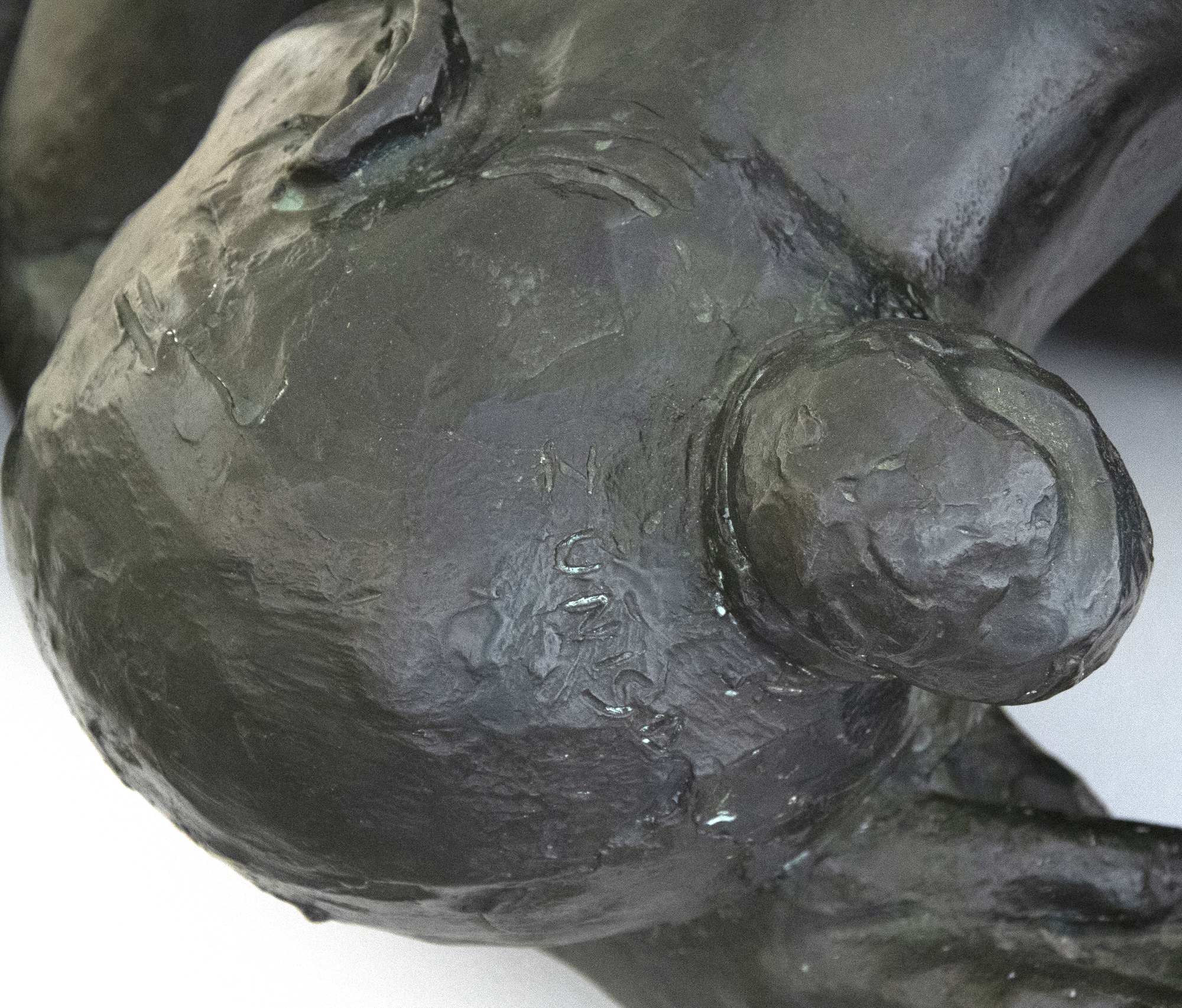FRANCISCO ZUNIGA (1912-1998)







Provenance
Tasende Gallery, La JollaPhilip and Muriel Berman Collection, aqcuired 1977
Sotheby's New York. Latin American Art. 16 November - 17 November 2004 [Lot 37]
Larsen Art Auction: Saturday, October 21, 2017 [Lot 00206]
Private Collection, Huntington Beach
Literature
Santa Barbara, Santa Barbara Museum of Art; Tuscon, Tuscon Museum of Art; Salt Lake City, Salt Lake Art Center, Francisco Zuñiga: Sculpture and Drawing, 1972-1978, June 30, 1978-April 29, 1979, no. 12, p. 27, illustration of another castCarlos Francisco Echeverria, F...More...rancisco Zuníga, Mexico, Ediciones Galería de Arte Misrachi, 1980, no. 216-217, p. 202, illustration of another cast
Sheldon Reich, Francisco Zuñiga: Sculptor, Tuscon, The University of Arizona Press, 1980, no. 125, p. 133, illustration of another cast
Francisco Zúñiga, Catalogo Razonado/Catalogue Raisonné (1923-1993), Mexico City, Albedrío/Fundación Zúñiga Laborde, 1999, no. 769, p. 446, illustration of another cast
...LESS...



